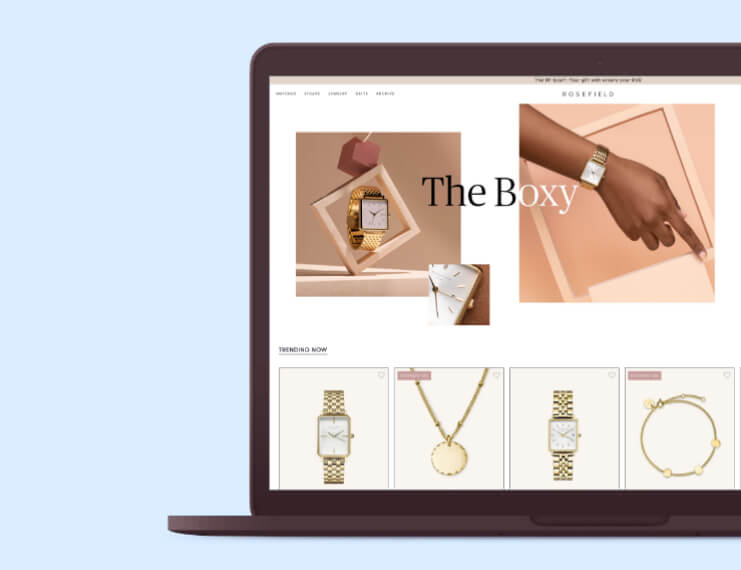AGAP (as German as possible)
Let’s start off with a tip to attract German clients: hire a German marketing agency and make sure that all your advertising is directed towards introducing your webshop to the customers. As we’ve learned, you only have to get German customers over the threshold and the rest will take care of itself. Or almost, at least, since advertising alone won’t get you there.
Of course, you should also have your webshop translated by a professional translator (and don’t just run it through Google Translate), make sure that the copy is clean as a whistle and that your German-speaking customer service is up and running from the get-go. It’s also paramount to make sure that your Terms & Conditions and your shipment and payment conditions are up to code, because Germans will read them and will let you know when something’s off. And that will be the last time you hear from them.
Every decent German website has an Impressum at the bottom, a kind of footer that contains information about the company, like their Chamber of Commerce registration number and who the Geschäftsführer (the owner) is. This is not just to accommodate the Germans, it’s mandatory.
Germans love quality
Don’t forget to register a .de domain name and take the local rules and regulations into account. You’d be wise to also adhere to the unwritten rules here, such as Germans being all about quality and dependability. They love trusted webshops (with an accompanying quality mark, of course) and like to receive their products in sturdy boxes, instead of the soft, recycled cardboard and flabby plastic bags that we use in the Netherlands. “If you also add a little something extra to the orders every now and then, you’ll have fans for life in the Germans,” Bob discloses.
By the way, also take care to find a trustworthy fulfillment partner, such as Alaiko, Shipwire or the Dutch Active Ants, which has also successfully entered the German market. Finding a good shipping partner is just as important. Consider a partner like Sendcloud if you want the stuff you send to actually arrive. Finally, our eastern neighbors are very sensitive to cross and upselling, so invest in excellent recommendation software, such as Limespot or Rebuy.
Let's make it happen
We hope that this blog has given you some insight into the German market, that it has convinced you of the amazing potential of this country and that you’re now dreaming of your very own .de domain-named webshop. If you’ve replied ‘yes’ three times and you’re already successful in the Netherlands, we think you’re ready to try your luck across the border. Are you looking for the ideal Shopify Plus setup for your international webshop? Then you might be interested in this blog about a multi-store setup.
.webp?width=2000&height=1332&name=german-flag-on-rooftop%20(1).webp)






